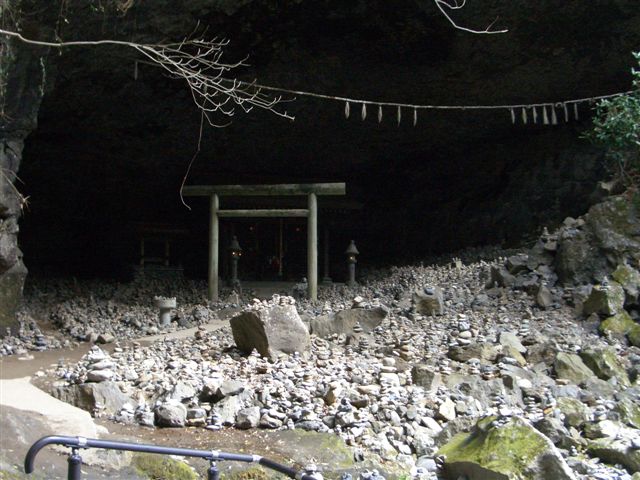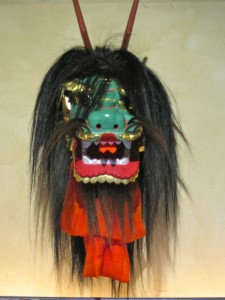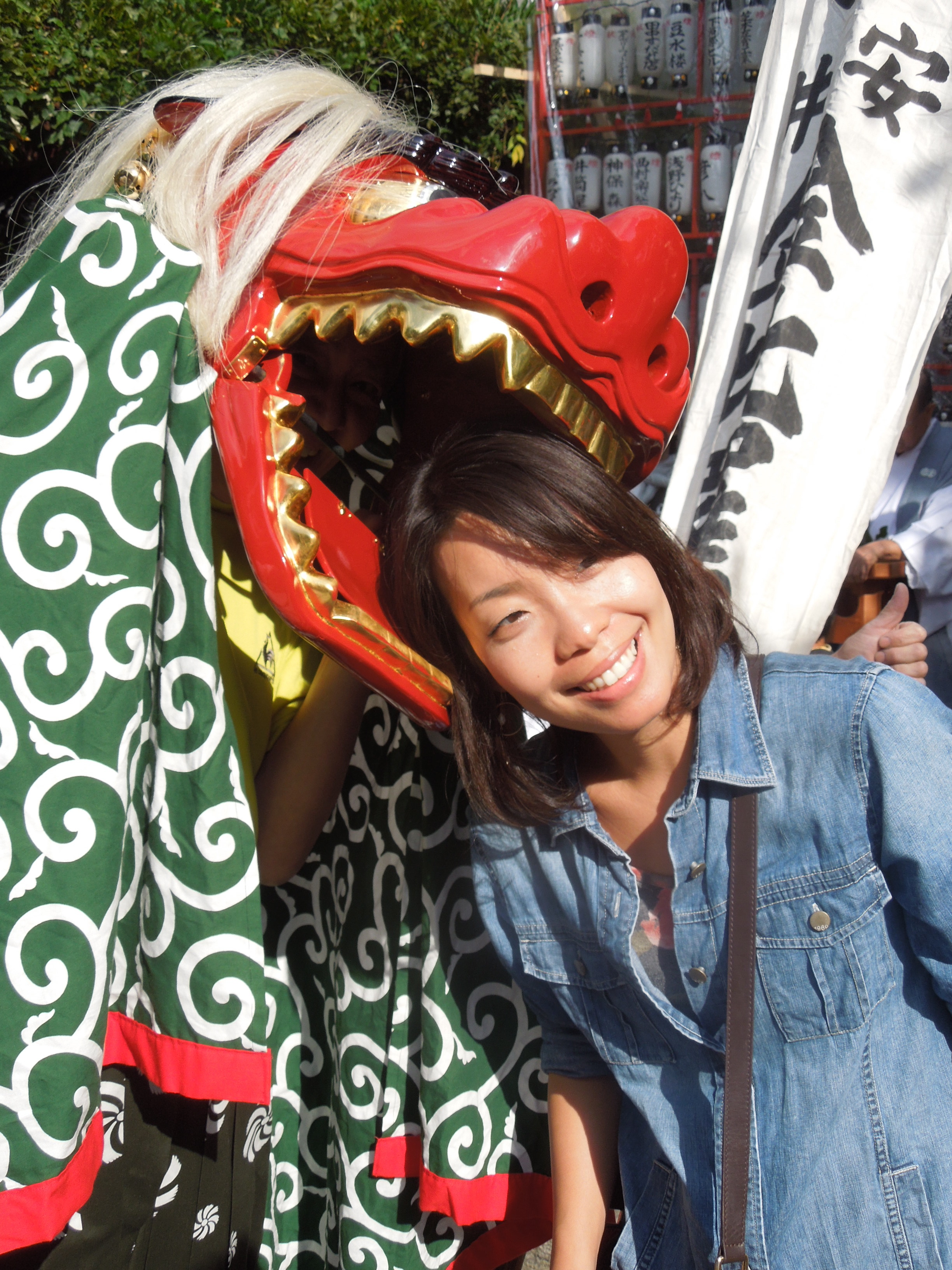
The cave at Takachiho where kagura was first performed, featuring the ribald Ame no Uzume.
There’s a 25 minute video of kagura at Takachiho in Kyushu put out by NHK World, available for viewing over the coming year.
https://www3.nhk.or.jp/nhkworld/en/special/episode/201902212330/
“KAGURA is a Shinto ritual to thank the gods for a bountiful harvest. Performances are held throughout the country from autumn, through to winter. Kagura is a celebration to enjoy the fruits of a hard year’s work by singing and dancing along with the gods. To discover the spirit of Kagura, two explorers visited Takachiho in Miyazaki Prefecture.”
***********
Takachiho is said to be the birthplace of kagura. Why? Because it has an atmospheric riverside cave where the deities of Kojiki (712) are said to have gathered when Amaterasu hid herself behind a rock door. To entertain them Ame no Uzume did a provocative dance, revealing her private parts. This symbolic reference to sexuality and fertility was an affirmation of the life force in opposition to the forces of darkness that had been unleashed by the withdrawal of the sun goddess. The merriment of the deities subsequently led to the restoration of sunlight when Amaterasu popped her head out to see what was going on.

One of the masks used in kagura performances in the Shimane area
From the NHK programme above, we learn several interesting things. One is that the kagura tradition of reenacting myth started some 800 years ago. The villages that support the tradition transform their houses into sacred space for the performances. Poles are set up before the house which act as yorishiro to summon down the spirits. Local produce is used for the food that will sustain performers and audience through the long night, and the kami is invited from the local shrine to reside in a mask and oversee the performances.
As is common at festivities, a shishi Chinese lion moves among the spectators and tries to ‘eat’ little children, some of whom cry out with fear. It might seem cruel to a Westerner, but the tearful bawling is a show of vitality and offers the child a healthy and strong future – a sacred bite, as it were. There are 33 dance-plays in the kagura repertory, of which the most popular is the husband-wife pair (Izanagi-Izanami?) who happily drink together until the husband gets drunk and starts flirting with females in the audience…
The all-night yokagura performances can take up to 16 hours, and shortly before sunrise there is the most famous of the plays when Tajikira-o, the strongman deity, changes from a white to red mask to heave open the mighty rock door of Amaterasu’s cave and save the world. (This is covered in another video on the NHK World site for those who would like to explore more.)

Putting your head in the lion’s mouth brings good luck they say
******************
For a previous Green Shinto posting about the sacred sites in Takachiho, please click here.

Leave a Reply